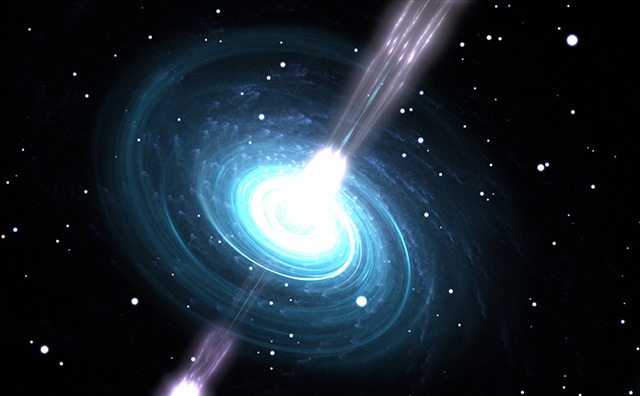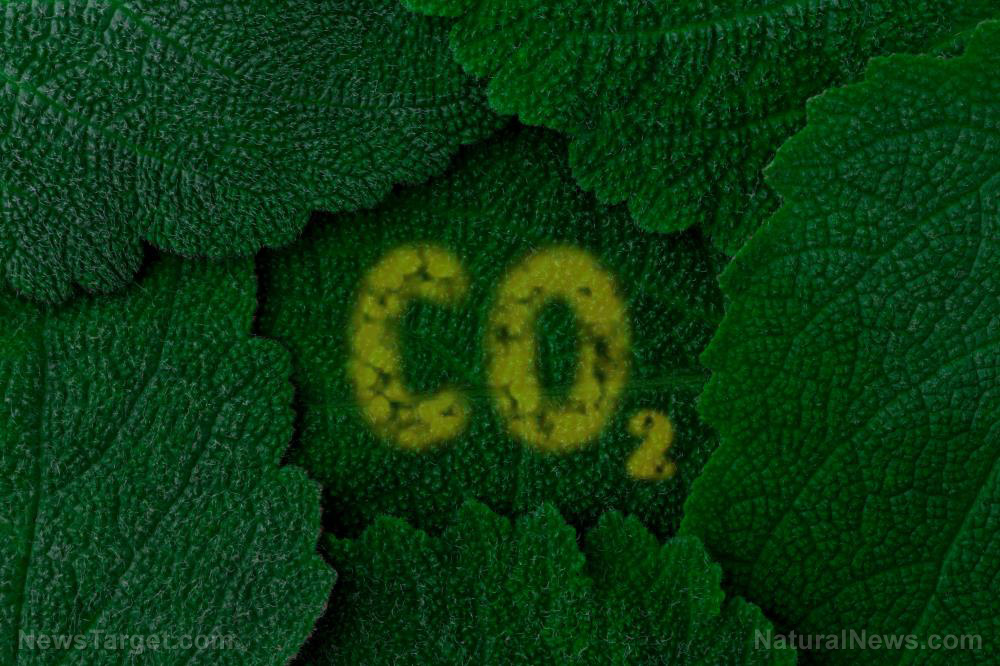Green and efficient: Researchers develop a generator that can power 100 small LED bulbs with only a single raindrop
09/07/2021 / By Mary Villareal

A single raindrop is enough to power 100 small LED light bulbs thanks to a new technology that may pave way for harvesting energy from rain.
Called the droplet-based electricity generator (DEG), the new technology overcomes the limitations of existing energy technology due to its conversion efficiency and power density that is thousands of times bigger than its counterparts. It featured a field-effect transistor (FET)-like structure that allows high-energy conversion efficiency and instantaneous power density, increased thousands of times to help generate water energy and tackle the ongoing energy crisis.
The developers of this technology hope to tackle the world energy crisis by providing new ways of making use of the environmental energy around us in water and rain.
In principle, the concept could also be applied in various settings such as using them for boat hulls, umbrellas and even entire coastlines.
Lead author Zuankai Wang of the City University of Hong Kong said: “Our research shows that a drop of 100 microlitres of water released from a height of 15 centimeters can generate a voltage of over 140 volts. The power generated can light up 100 small LED light bulbs.” (Related: New miracle material poised to alleviate the global water and energy crisis.)
Improved electrical energy conversion
Energy from water is not a new technology — people have already been using hydropower dams and tidal power stations across the globe. However, the limitations of current technology have stopped people from fully making use of power available from waves and raindrops.
“The kinetic energy entailed in falling water is due to gravity and can be regarded as free and renewable. It should be better utilized,” Wang said.
Conventional droplet energy generators have taken advantage of the triboelectric effect. Here, electricity is generated when certain materials come into contact with each other using friction, causing them to trade electrons. Unfortunately, the size of the charge that can be generated on these surfaces has been limited, leading to low energy conversion efficiency.
The team’s new energy harvesting design overcomes the limitations in two different ways. First, it used a material called polytetrafluoroethylene (PTFE), which has a quasi-permanent electric charge. When water hits the PTFE, the charges on its surface build up until they reach a saturation point. This allowed them to overcome the problem of only building up small charges.
Second, the new design resembles a field-effect transistor — a device that served as a basic building block of modern electronics. The energy generator’s design features an aluminum and an indium tin oxide electrode with a PTFE coating, on which the charge is then generated.
When falling droplets hit the latter’s surface, they then bridge the two electrodes, turning the setup into a closed-loop electric circuit, releasing the stored charge, which then generates an electric current to power lights.
Using this design, the high density of the surface charges can be accumulated on the PTFE through the continuous impinging of the droplets. Meanwhile, the spreading water connects the electrodes, and all stored charges can be released to help generate electric current. This way, both the instantaneous power density and energy conversion become much higher.
In addition, the technique is not affected by lower humidity either — it works for both rainwater and seawater.
Researchers say that the concept can be used on different surfaces, where liquids come into contact with solids, to exploit the low-frequency kinetic energy that is found in water.
Wang says that he hopes the technology can help harvest water energy in order to tackle renewable energy shortage issues. He believes that the new design could be applied and installed on different surfaces to fully utilize the low-frequency kinetic energy in water.
“Generating power from raindrops instead of oil and nuclear energy can facilitate the sustainable development of the world,” Wang said.
For more breakthroughs in efficient power generation, follow NewEnergyReport.com.
Sources include:
Tagged Under: alternatives, City University of Honh Kong, energy, energy conversion, energy generation, future science, Good science, hydropower, kinetic energy, new discoveries, renewable energy, science, science and tech
RECENT NEWS & ARTICLES
COPYRIGHT © 2017 FUTURE SCIENCE NEWS




















